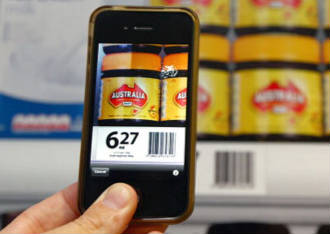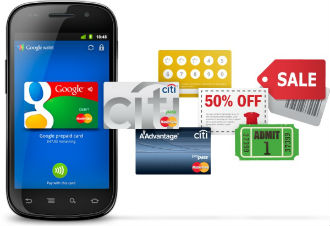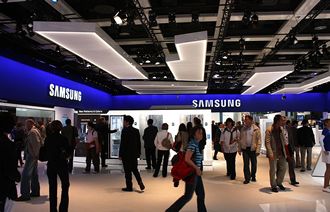 The third annual John Lewis Retail Report has discovered that a new ‘master shopper’ has emerged to take advantage of multichannel retail.
The third annual John Lewis Retail Report has discovered that a new ‘master shopper’ has emerged to take advantage of multichannel retail.
According to the report, this ‘master shopper’ has learned to combine channels and devices in order to create their own optimal shopping experience.
As the report said that using all these options creating a more flexible journey. Shopping today is less about “I need it now” and more about “I need it how, when and where I want.
The report suggests that stores are still important, but fulfil a function which, according to the report, is increasingly linked to leisure time.
John Lewis has noticed that services such as Beauty and spa treatments in its stores are getting a lot of attention.
But the growing use of mobile and multichannel services like click and collect have created a new landscape for retail in which customers switch between devices and channels – online and offline – with ease, the report said.
The proportion of traffic to the John Lewis website from mobiles increased to 60 per cent in the last twelve months and mobile revenue grew by 68 per cent.
The retailer predicts that we’re yet to reach peak usage.
Two thirds of John Lewis customers use both physical shops and online channels and the number who bought from both channels increased by 9 per cent over the past 12 months.
Almost 20 per cent of customers buying a computer have more than ten interactions during a buying journey.
An average of three of those interactions involve online research on John Lewis or on other websites.
Facebook is the most popular social channel for John Lewis, though it uses different channels for different reasons.
What all this means is that multichannel retailers like John Lewis need to realise the number of channels and influences that affect the customer’s purchase and make this process as easy as possible.
With the number of channels used by these ‘master shoppers, it becomes more important for retailers to have a presence on as many as possible.













